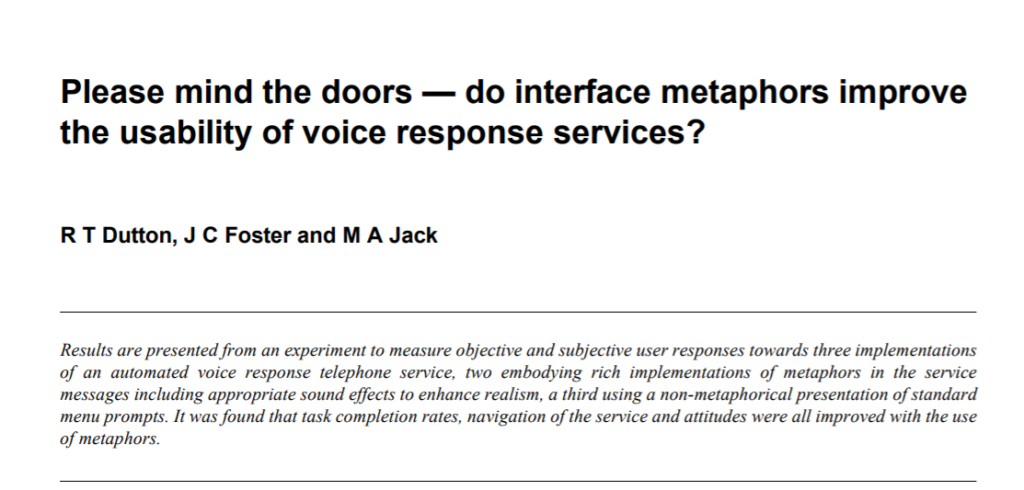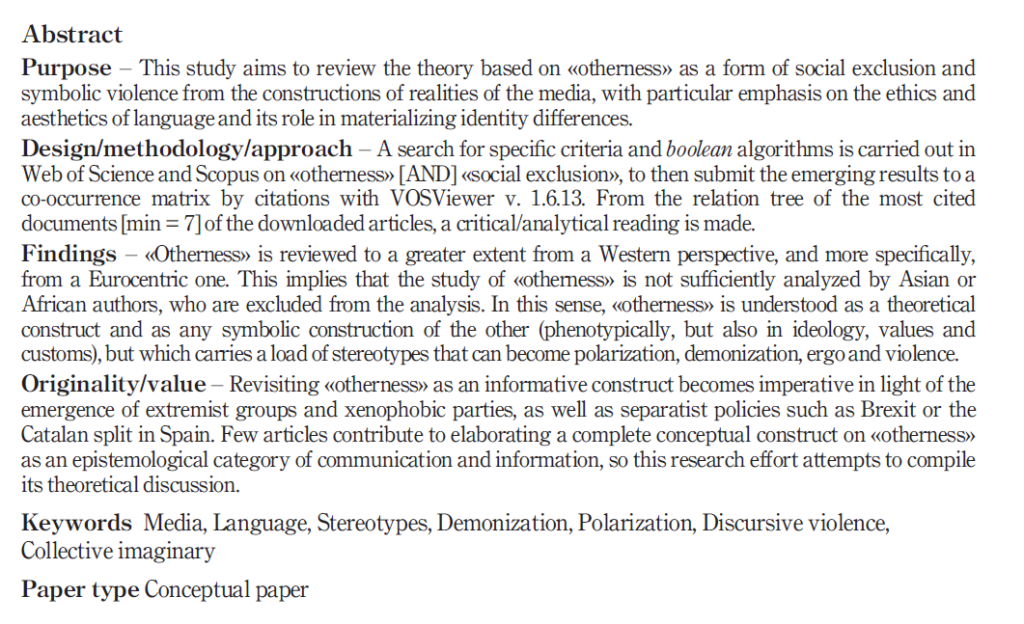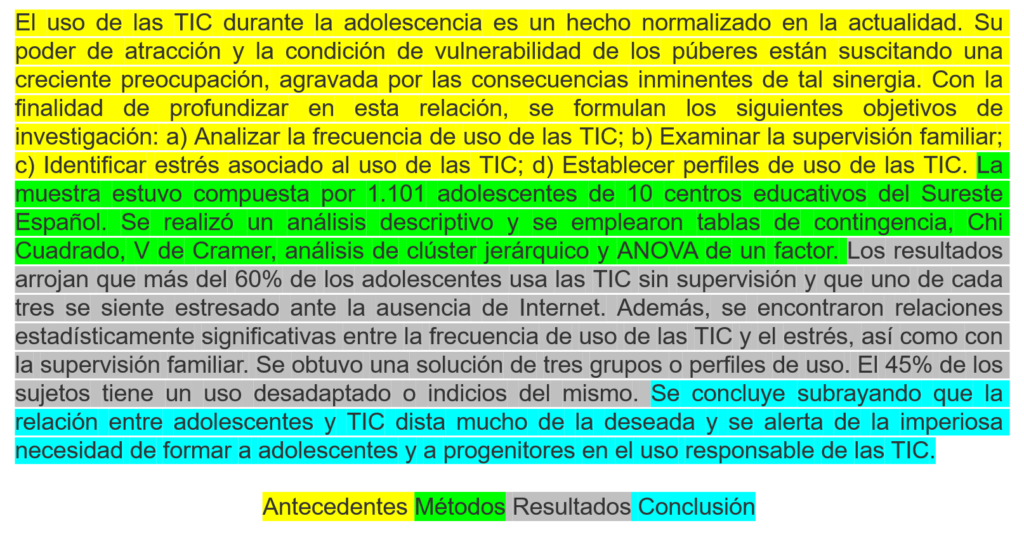Author: Luis-Miguel Romero – Translation: Erika-Lucia Gonzalez-Carrion. Universidad Nacional de Loja, Ecuador.
The title, the abstract and the keywords have three basic functions: 1) They are the metadata with which our publications are indexed, which will define – based on search criteria – their positioning in search engines (Academic SEO) or their emergence in databases; 2) It is a way of lexically synthesizing the entire journey of the manuscript, from its background, epistemological positions and applied methods, to its results, main findings and advances and why not? 3) They are the “hook” (bait) to attract the interest of readers and other researchers, which is definitive when it comes to achieving visibility and impact, ergo quotes.
However, one of the keys and rules of an unwritten summary or scientific abstract is that it must be informative, objective and truthful. Although some journals allow certain narrative licenses in the titles -just to attract attention-, abstracts must keep with a certain solemnity a structure and editorial form that allows to understand, in a few words, the most important content of the manuscript. In fact, for the vast majority of readers, the only thing that will be read from the paper will be the abstract, so it is the authors’ responsibility to make this a concentrated version of the article. For this reason, the abstract is, paradoxically, the last to be written and the first to be read.
When we read an abstract in most social science journals, it usually has the same IMRDC structure (Introduction, Methods, Results, Discussion and Conclusions), although there are disciplines in which the abstracts are only the description of the method and the findings, as in clinical cases or in many journals in the field of engineering, experimental sciences and health sciences.

Example of an eye-catching title and summary with results only. Source: Dutton, R.T., Foster, J.C., & Jack, M.A. (1999). BT Technology Journal, (17), 172-177.
Likewise, there are publications that require structured abstracts -as is the case of Emerald publishers-, while in others it is a single block of text, usually ranging from 150 to 300 words, with the IMRDC structure.

Example of structured abstract. Source: Romero-Rodríguez, L.M., Civila, S., & Aguaded, I. (2020). La alteridad como forma de exclusión social intersubjetiva. Discusión conceptual desde el actual escenario comunicativo. Journal of Information, Communication and Ethics in Society, Vol. ahead-of-print (No. ahead-of-print). https://doi.org/10.1108/JICES-11-2019-0130
However, the vast majority of publications (as is the case of Comunicar Journal) and congresses ask for an abstract in a single block of text (paragraph), which is usually divided by an implicit editorial structure:
Sections of an abstract
Background: This section is usually the shortest part (between 2 and 3 sentences) and synthesizes what is known about the research problem and what is the objective of the study being reported.
Methods: Usually, this part is the second longest part of the summary, as it should contain enough information to understand the research that was conducted. It usually includes a description of the type of research (field, experimental, documentary), the research design (qualitative, quantitative, or mixed), the instrument, the sample, the sampling techniques, and the research techniques.
Results: Undoubtedly the most important (and extensive) part of the summary. It should be descriptive and sufficiently informative, with the additional understanding that it must be aligned with the objective presented in the background. Something very widespread in the Social Sciences -and which I consider a bad practice- is to present here statements such as: “Audience response rates are different, depending on their age”, being the right thing “Audience response rates differ by age (≤25 years= 4.5 – very much agree; ≥26-≤50= 3.2 – agree; ≥51= very much disagree).Conclusions: Expose, in a couple of sentences, the final message or interpretation of the results, as well as other important or unexpected findings. In this section the authors usually express some (sustained) opinion about the practical or theoretical consequences, as well as the value of their research for future studies.

Example of a block abstract with its four components Source: Díaz-López, A., Maquilón-Sánchez, J., & Mirete-Ruiz, A. (2020). Maladaptive use of ICT in adolescence: Profiles, supervision and technological stress. Maladaptive use of ICT in adolescents: Profiles, supervision and technological stress]. Comunicar, 64, 29-38. https://doi.org/10.3916/C64-2020-03
Some keys to write your abstract
- Clarity: The abstract should convey what the article is about without having to read the article to understand it.
- Simplicity: The tendency in almost all disciplines is to present the summary in a way that most readers can understand. We not only write for our fellow researchers in our discipline, but also for students, journalists, professionals and researchers in other fields.
- Conciseness: Don’t embellish the text, it’s not necessary. Expressions such as “As main results of this study it is stated that…” or “Throughout the present research”, what they do is increase the word count, so later we tend to sacrifice what is important to adapt the summary to the rules of the journal.
- Use different words: One of the keys to SEO applied to articles is precisely to avoid repeating the same words from the title in the abstract and keywords. If possible, try to use synonyms that expand the range of tags and metadata that can be key when emerging in a search.
- Do not include quotes: that is what the text of the manuscript is for. However, there are certain exceptions to this, such as mentioning models of analysis or techniques that come from a research “For this, the model of information quality of Romero-Rodriguez et al. (2020) will be used”.
- Attention to the journal’s regulations: Journals usually state the way in which they want the abstract to be structured and its length. If this is not the case, check some of the recently published manuscripts for their style.
- Impersonal: As in the text, the abstract should avoid the first person. Expressions such as “From this we have executed the Kappa test of Fleiss” are superfluous in the scientific lexicon.
